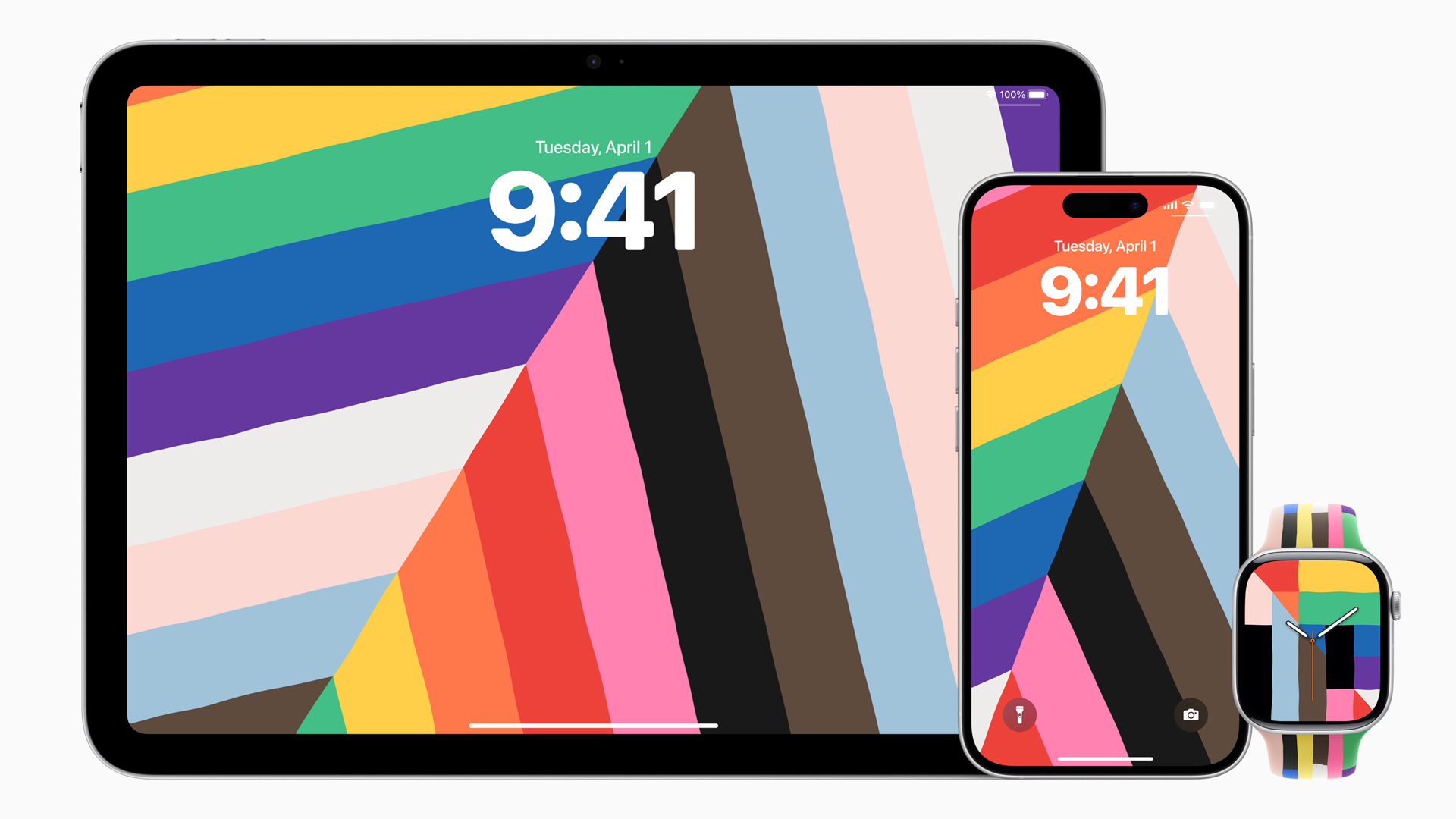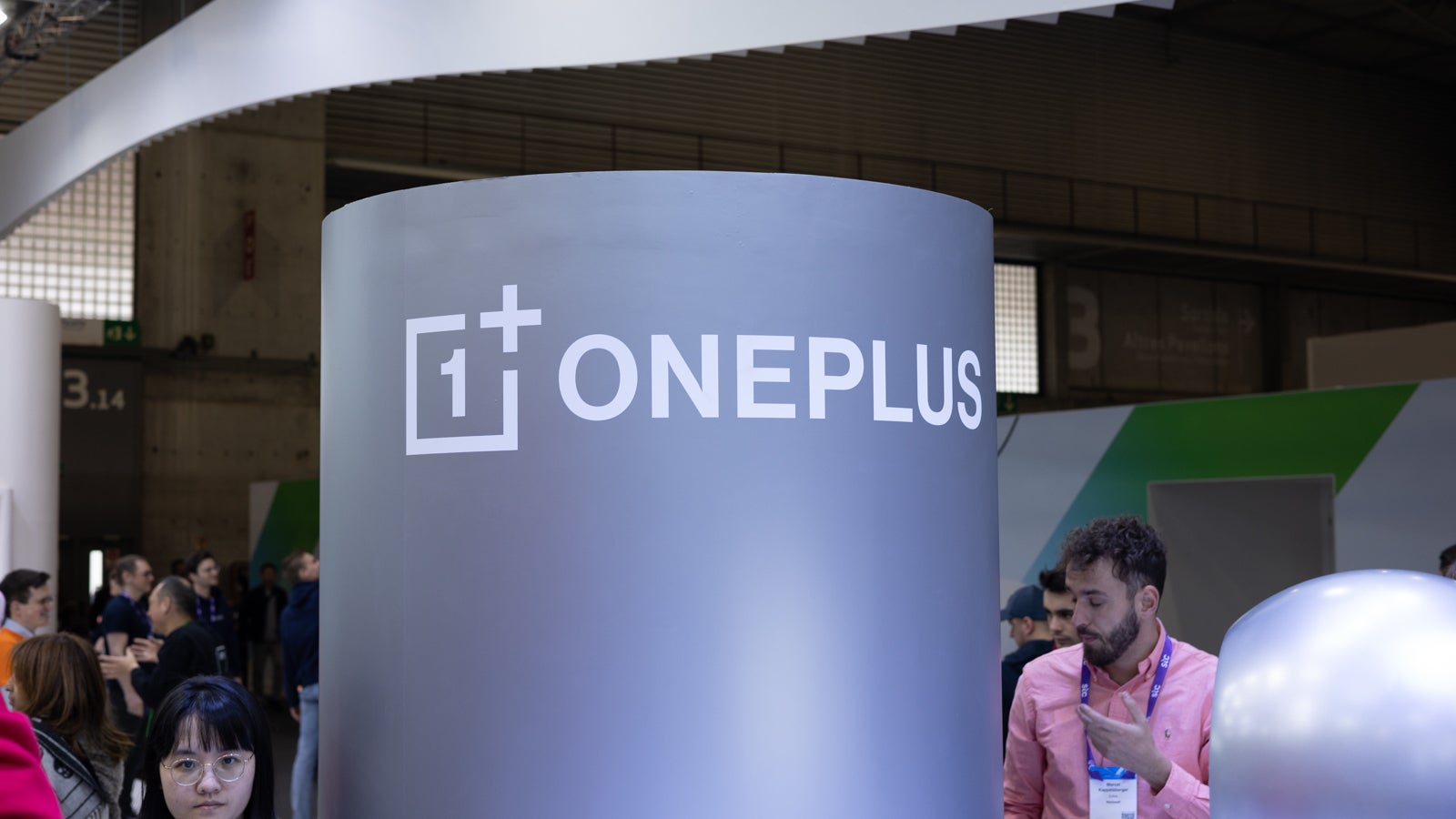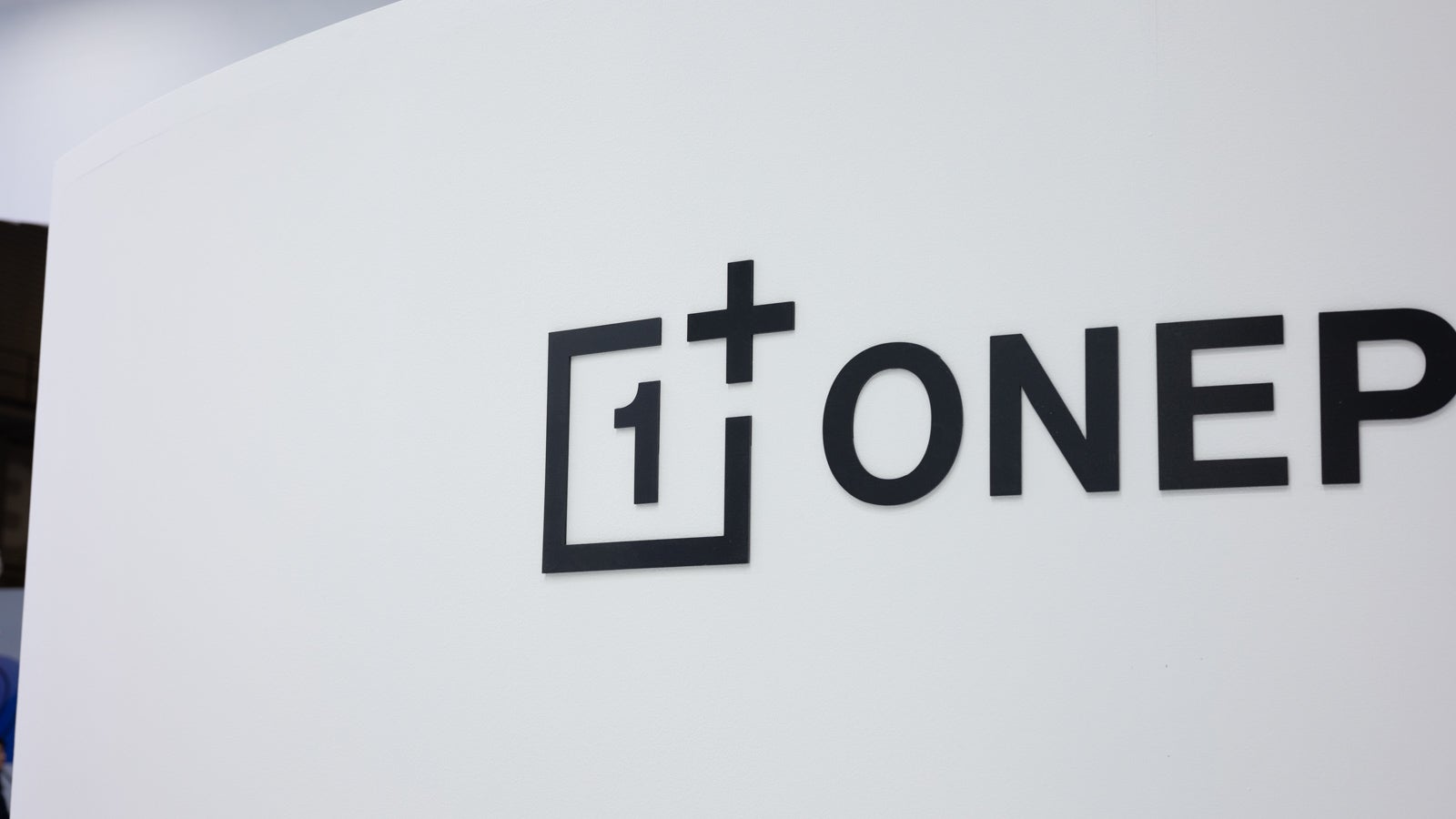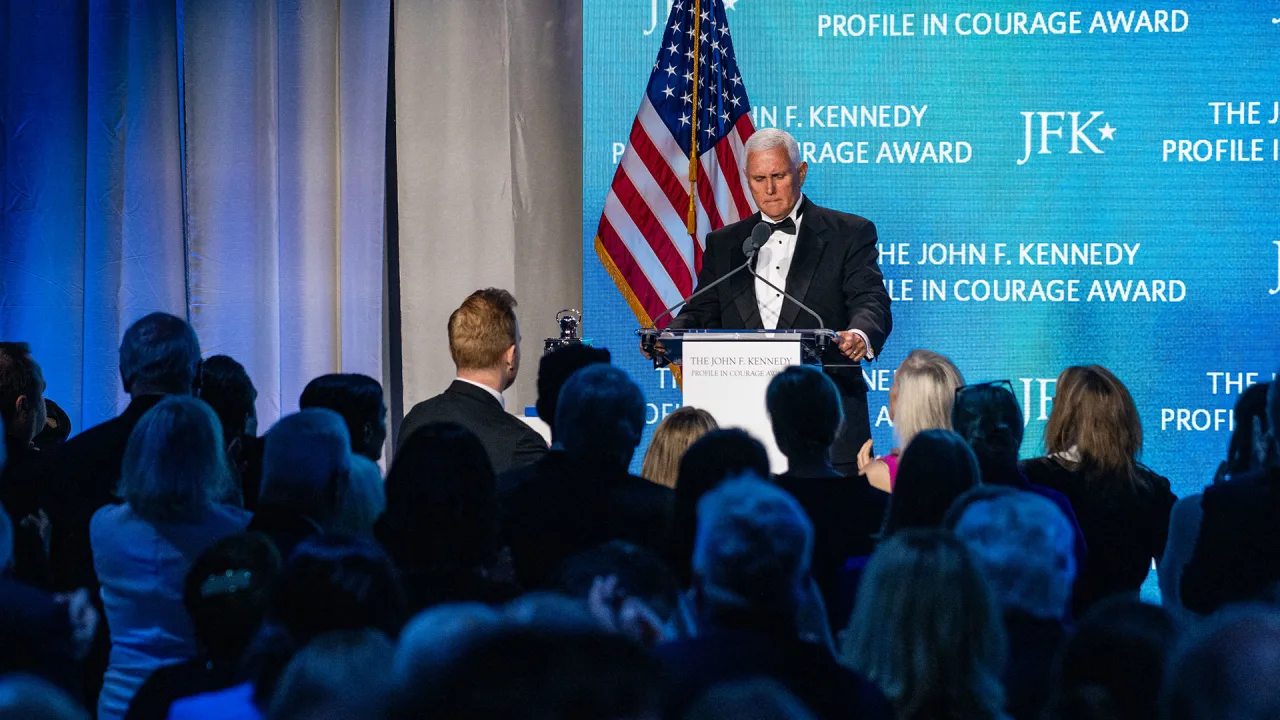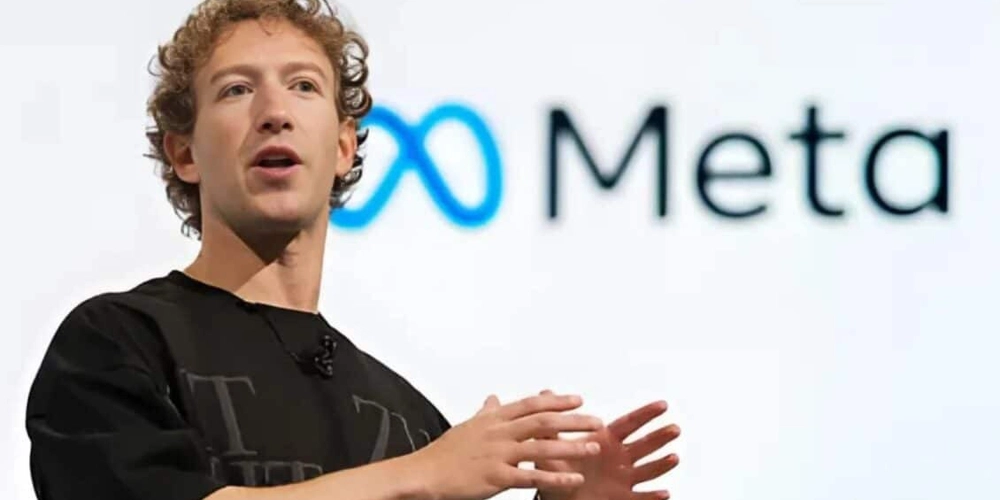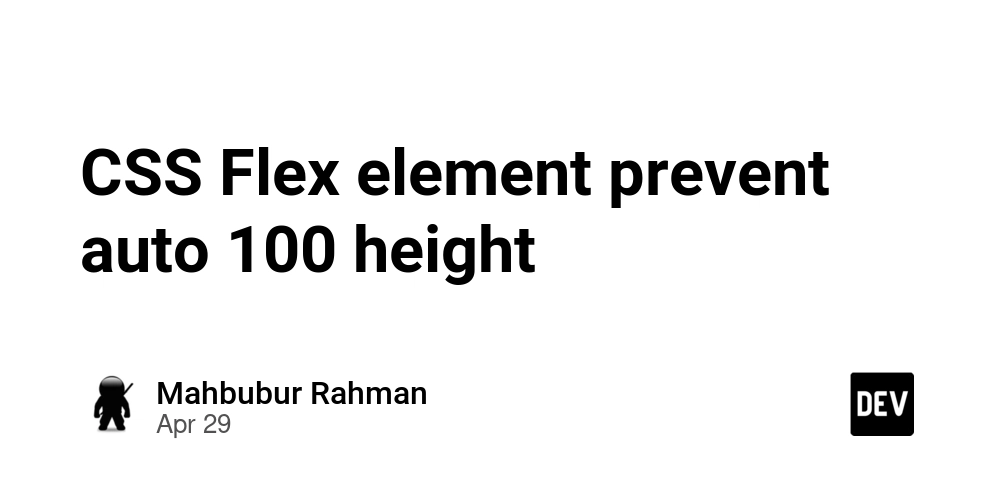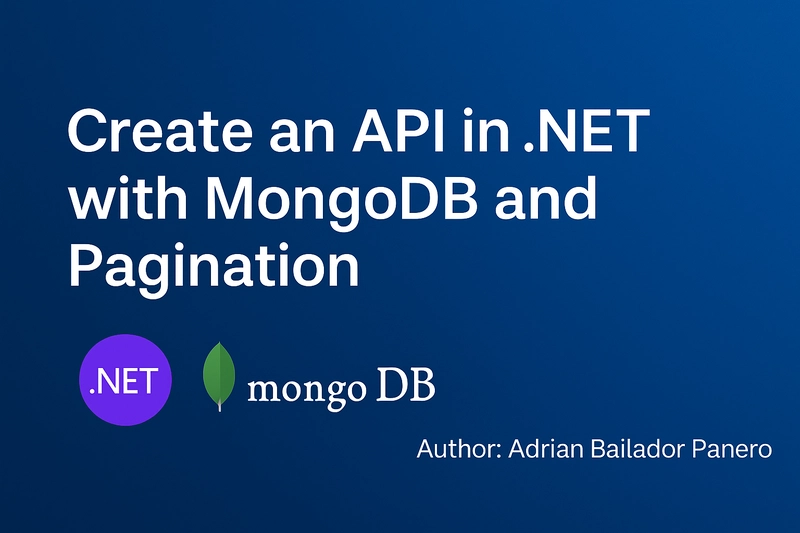KnownOrigin and the Sustainability of Open Source: Bridging Digital Art and Community Innovation
Abstract This post explores the innovative convergence of digital art marketplaces and open-source sustainability as exemplified by KnownOrigin. By leveraging blockchain technology, KnownOrigin not only redefines digital art through NFTs but also exemplifies how open-source philosophies underpin a collaborative, transparent, and environmentally mindful ecosystem. We discuss the background, core concepts, and emerging trends while examining practical applications and challenges. In addition, we highlight strategic partnerships, funding models, and community engagement—all of which illuminate the path forward for digital platforms integrating art, technology, and open-source innovation. Introduction In today’s fast-evolving digital landscape, platforms such as KnownOrigin pave the way for artists and developers to embrace innovative digital art and blockchain technologies. Originally established to revolutionize the art world by providing a secure and decentralized environment for minting, buying, and selling NFTs, KnownOrigin has also become a living example of open-source sustainability. This integration promotes transparency, fosters community-driven technological improvements, and protects the rights of creators—all while addressing environmental concerns through the adoption of sustainable blockchain protocols like Ethereum. The synergy between blockchain technology and open-source principles is not only transforming digital art but is also reshaping how open communities can fund and maintain technological ecosystems. By merging these two domains, platforms like KnownOrigin are establishing an ecosystem that is both innovative and sustainable. Background and Context The Genesis of Digital Art Marketplaces The rapid pace of digital art innovation, driven by blockchain technologies, has disrupted traditional art ecosystems. KnownOrigin stands at the forefront by using Ethereum’s decentralized ledger to certify the authenticity, provenance, and value of NFTs. Artists, who once relied on intermediaries with opaque systems, now enjoy the benefits of direct engagement through a secure, transparent platform. For further insights on the significance of NFTs, refer to Why Are NFTs Valuable. The Essence of Open Source Sustainability Open source has long been a cornerstone of technological progress. At its heart are the principles of transparency, collaboration, and community. These values ensure that software not only advances rapidly through collective effort but also remains accessible to creators worldwide. The shift toward open-source sustainability through tokenization has provided renewed energy to funding and maintaining community projects. To delve deeper into these aspects, check out Sustainability of Open Source Through Tokenization. Evolution of Blockchain and Open Source Collaboration Blockchain technology’s inherently decentralized nature perfectly aligns with the ethos of open source. The absence of a central authority means that decisions, validations, and improvements can be crowdsourced. This not only nurtures a community-centric model of innovation but also spreads risk—and responsibility—across a wider network. The relationship between blockchain technology and open source is further highlighted in Blockchain and Open Source Licensing. Core Concepts and Features Decentralization and Community Engagement At the core of KnownOrigin’s value proposition lies decentralization. By relying on Ethereum’s decentralized ecosystem, artists and collectors bypass traditional intermediaries. This creates a transparent environment where every transaction can be verified independently. This process nurtures trust among community members and encourages collaborative efforts in maintaining and upgrading the platform. Technological Innovation Empowered by Open Source Key features that make KnownOrigin a cutting-edge marketplace include: Transparency: Every NFT’s creation and subsequent transactions are publicly recorded on the blockchain. Security: The platform leverages smart contracts to protect artist copyrights and ensure data integrity. Community Involvement: Frequent updates and collaborative projects ensure that open-source contributions significantly influence platform improvements. Open source tools and frameworks fuel these innovations, enabling rapid prototyping and innovation. The integration of platforms like Ethereum, which is inherently open source, supports a robust ecosystem where technological advances are shared among developers and creators alike. Environmental Consciousness and Sustainable Practices Critics of blockchain and NFTs often highlight the substantial energy consumption associated with Proof of Work (PoW) systems. However, recent developments such as Ethereum’s transition to Proof of Stake (PoS) under Ethereum 2.0 have dramatically reduced environmental impacts
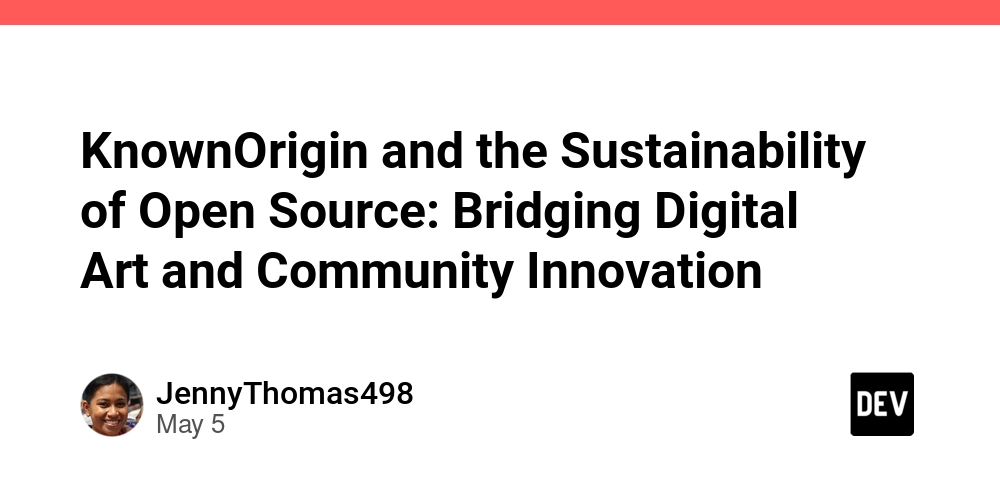
Abstract
This post explores the innovative convergence of digital art marketplaces and open-source sustainability as exemplified by KnownOrigin. By leveraging blockchain technology, KnownOrigin not only redefines digital art through NFTs but also exemplifies how open-source philosophies underpin a collaborative, transparent, and environmentally mindful ecosystem. We discuss the background, core concepts, and emerging trends while examining practical applications and challenges. In addition, we highlight strategic partnerships, funding models, and community engagement—all of which illuminate the path forward for digital platforms integrating art, technology, and open-source innovation.
Introduction
In today’s fast-evolving digital landscape, platforms such as KnownOrigin pave the way for artists and developers to embrace innovative digital art and blockchain technologies. Originally established to revolutionize the art world by providing a secure and decentralized environment for minting, buying, and selling NFTs, KnownOrigin has also become a living example of open-source sustainability. This integration promotes transparency, fosters community-driven technological improvements, and protects the rights of creators—all while addressing environmental concerns through the adoption of sustainable blockchain protocols like Ethereum.
The synergy between blockchain technology and open-source principles is not only transforming digital art but is also reshaping how open communities can fund and maintain technological ecosystems. By merging these two domains, platforms like KnownOrigin are establishing an ecosystem that is both innovative and sustainable.
Background and Context
The Genesis of Digital Art Marketplaces
The rapid pace of digital art innovation, driven by blockchain technologies, has disrupted traditional art ecosystems. KnownOrigin stands at the forefront by using Ethereum’s decentralized ledger to certify the authenticity, provenance, and value of NFTs. Artists, who once relied on intermediaries with opaque systems, now enjoy the benefits of direct engagement through a secure, transparent platform. For further insights on the significance of NFTs, refer to Why Are NFTs Valuable.
The Essence of Open Source Sustainability
Open source has long been a cornerstone of technological progress. At its heart are the principles of transparency, collaboration, and community. These values ensure that software not only advances rapidly through collective effort but also remains accessible to creators worldwide. The shift toward open-source sustainability through tokenization has provided renewed energy to funding and maintaining community projects. To delve deeper into these aspects, check out Sustainability of Open Source Through Tokenization.
Evolution of Blockchain and Open Source Collaboration
Blockchain technology’s inherently decentralized nature perfectly aligns with the ethos of open source. The absence of a central authority means that decisions, validations, and improvements can be crowdsourced. This not only nurtures a community-centric model of innovation but also spreads risk—and responsibility—across a wider network. The relationship between blockchain technology and open source is further highlighted in Blockchain and Open Source Licensing.
Core Concepts and Features
Decentralization and Community Engagement
At the core of KnownOrigin’s value proposition lies decentralization. By relying on Ethereum’s decentralized ecosystem, artists and collectors bypass traditional intermediaries. This creates a transparent environment where every transaction can be verified independently. This process nurtures trust among community members and encourages collaborative efforts in maintaining and upgrading the platform.
Technological Innovation Empowered by Open Source
Key features that make KnownOrigin a cutting-edge marketplace include:
- Transparency: Every NFT’s creation and subsequent transactions are publicly recorded on the blockchain.
- Security: The platform leverages smart contracts to protect artist copyrights and ensure data integrity.
- Community Involvement: Frequent updates and collaborative projects ensure that open-source contributions significantly influence platform improvements.
Open source tools and frameworks fuel these innovations, enabling rapid prototyping and innovation. The integration of platforms like Ethereum, which is inherently open source, supports a robust ecosystem where technological advances are shared among developers and creators alike.
Environmental Consciousness and Sustainable Practices
Critics of blockchain and NFTs often highlight the substantial energy consumption associated with Proof of Work (PoW) systems. However, recent developments such as Ethereum’s transition to Proof of Stake (PoS) under Ethereum 2.0 have dramatically reduced environmental impacts. These sustainable practices are critical in aligning blockchain technologies with long-term ecological goals. For more on eco-friendly initiatives, see Sustainable Blockchain Practices.
Table: Comparison of Traditional Art vs. Digital Art on KnownOrigin
| Aspect | Traditional Art | Digital Art (KnownOrigin) |
|---|---|---|
| Accessibility | Limited galleries, physical exhibitions | Global accessibility via the internet |
| Transparency | Limited due to private sales and limited audits | Every transaction verifiable on blockchain |
| Security of Provenance | Relies on expert opinions and certification | Immutable digital ledger on Ethereum |
| Community Engagement | Often controlled by elites and dealers | Open, decentralized community-driven efforts |
| Environmental Impact | Minimal, but distribution logistics can be costly | Historically energy-intensive, now reducing with PoS |
Applications and Use Cases
Digital Art Monetization
One of the most celebrated applications of KnownOrigin’s platform is digital art monetization. Artists can mint unique tokens for their work, thereby creating verifiable digital ownership. This fosters a direct relationship between creators and collectors, eliminating the need for traditional intermediaries. As a result, artists receive a fairer share of the revenue, and collectors gain assurance of authenticity.
Licensing and Copyright Management
Blockchain technology offers an innovative approach to licensing. By embedding licensing terms and conditions into smart contracts, platforms like KnownOrigin ensure that copyrights are managed transparently. This empowers artists to maintain control over their creative outputs even after sale—a significant advantage over traditional copyright systems.
Open Source Funding and Community Projects
The open-source ecosystem relies on community funding and sponsorship. Models such as GitHub Sponsors and crowdfunding campaigns have played a notable role in sustaining projects. Several articles on Dev.to illustrate how direct funding methods can empower innovation through community support. Additionally, Blockchain for Open Source Funding: A New Paradigm explores how blockchain can revolutionize funding in this space.
Bullet List: Key Benefits for Artists and Developers
- Increased Transparency: Every transaction and licensing record is publicly accessible.
- Direct Revenue Channels: Artists receive a greater share of their earnings.
- Enhanced Security: Decentralized authentication protects intellectual property.
- Open Collaboration: A vibrant community supports continual platform improvements.
- Sustainable Practices: Embracing eco-friendly consensus mechanisms reduces carbon footprint.
Challenges and Limitations
Despite its promising benefits, the integration of open-source principles with blockchain technology is not without challenges.
Technical Difficulties and Scalability
The rapid evolution of both blockchain and open source software brings inherent technical challenges. The need for continuous adaptations means that platforms must frequently update systems to keep pace with emerging technologies. Scalability remains a concern, as increases in transaction volume can lead to delays and higher costs.
Adoption and Cultural Resistance
Traditional art markets and established digital platforms sometimes resist change. The decentralization and transparency that define open-source models can be met with skepticism from those accustomed to conventional methods. Overcoming this cultural resistance requires time, education, and broad-based community engagement.
Environmental and Resource Considerations
While sustainable practices are being adopted—for instance, Ethereum’s shift from PoW to PoS—the overall environmental impact of blockchain technologies continues to draw criticism. Balancing the need for security and consensus with environmental sustainability remains an ongoing challenge in the field.
Legal and Regulatory Concerns
The rapid evolution of blockchain technology has outpaced regulatory frameworks in many jurisdictions. Ensuring compliance with copyright laws, intellectual property rights, and consumer protections in a decentralized environment remains complex. Legal uncertainties can hinder widespread adoption.
Future Outlook and Innovations
Embracing Multi-Chain Interoperability
The next wave of innovation looks toward enhanced interoperability between blockchain networks. Platforms may soon operate seamlessly across multiple chains, allowing artists and developers to enjoy broader exposure and reduced dependency on a single network’s limitations. Advances in interoperability will further invigorate the open-source ecosystem.
Improved Funding Models and Tokenization
Innovative funding models, such as community tokens and decentralized autonomous organizations (DAOs), are emerging as viable solutions for sustaining open source projects. By tokenizing contributions, these models create clear incentives for developers and artists to contribute to the ecosystem. Discussions about sustainable funding practices are regularly featured on platforms like Dev.to.
Environmental Innovations in Blockchain
With continued advancements in green energy and more energy-efficient consensus mechanisms, the environmental criticisms of blockchain are steadily being addressed. Initiatives like Ethereum 2.0 pave the way for a future where digital art marketplaces not only thrive on technological innovation but do so while adhering to sustainable practices.
Enhanced Licensing and Copyright Technologies
Developments in smart contract technologies promise to revolutionize how copyright and licensing are managed. With new approaches to digital rights management emerging, there is a strong potential for seamless, automated licensing models that maintain a balance between protecting artist rights and enabling creative freedom.
Collaboration Between Traditional and Digital Art Worlds
The convergence of traditional art ecosystems with digital marketplaces will likely continue. As artists and collectors become more accustomed to the benefits of blockchain’s transparency, traditional art institutions may adopt similar decentralized practices. This blending of paradigms can drive richer, more inclusive innovation in the art world.
Additional Perspectives from the Developer Community
The evolving landscape of open source funding, digital art licensing, and blockchain interoperability has garnered attention from a number of thought leaders and community members. For example:
- Crowdfunding Open Source: Empowering Innovation Through Community Funding discusses how direct funding channels are reshaping creative collaborations.
- Blockchain for Open Source Funding: A New Paradigm breaks down the benefits and challenges of merging blockchain with open collaboration.
- Open Source Funding Platforms: Empowering Innovation and Collaboration delves into strategic approaches for sustainable community funding.
These insights complement the model presented by KnownOrigin, illustrating that the future of digital art and open-source funding lies in cross-disciplinary collaboration and innovation.
Summary
KnownOrigin is more than a digital art marketplace—it represents a pioneering model for integrating blockchain with open-source sustainability. By ensuring transparency, security, and an environmentally mindful approach to digital art creation and distribution, the platform stands as a testament to the transformative power of decentralized technology. As artists enjoy direct monetization of their creative work and developers benefit from open collaborative environments, the future of these hybrid ecosystems looks promising.
In summary, the key takeaways include:
- The merger of blockchain technology and open source principles promotes transparency and decentralization.
- KnownOrigin leverages Ethereum’s robust platform to provide a secure environment for NFT transactions.
- Sustainable practices—defined by the shift from PoW to PoS—help address environmental challenges.
- Community-driven funding and innovative licensing models are instrumental in supporting long-term open source sustainability.
By embracing the values of collaboration, transparency, and technological innovation, the fusion of digital art marketplaces and open source ecosystems paves the way for a resilient, sustainable future in art and technology.
For those interested in learning more about these groundbreaking concepts, be sure to explore additional resources such as The Future of Open Source with Blockchain Integration and several authoritative academic and developer insights available online. Moreover, revisit the original comprehensive article “KnownOrigin and the Sustainability of Open Source” to deepen your understanding of this innovative convergence.
As we navigate the exciting crossroads of art, technology, and community funding, platforms like KnownOrigin remind us that the future of creativity lies in openness, collaboration, and sustainable innovation—an endeavor that benefits creators and communities alike.






































































































































































![[The AI Show Episode 145]: OpenAI Releases o3 and o4-mini, AI Is Causing “Quiet Layoffs,” Executive Order on Youth AI Education & GPT-4o’s Controversial Update](https://www.marketingaiinstitute.com/hubfs/ep%20145%20cover.png)













































































































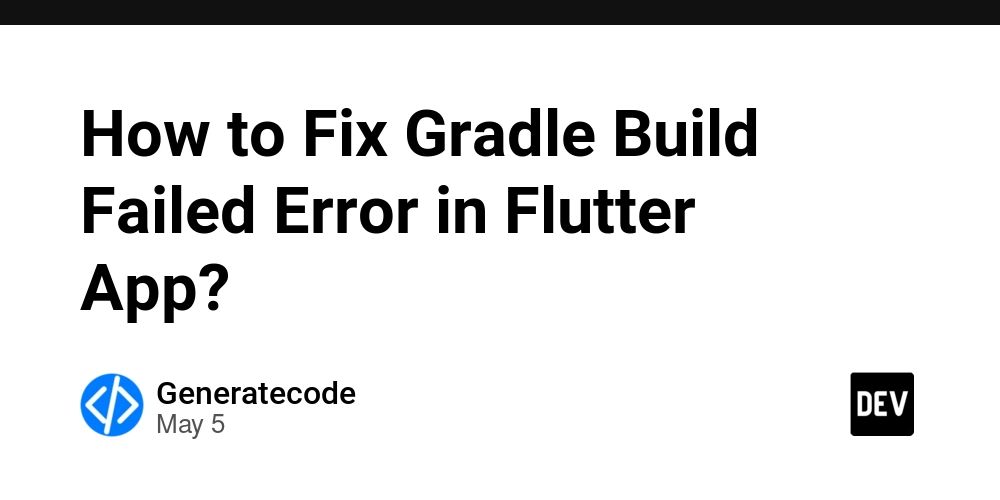
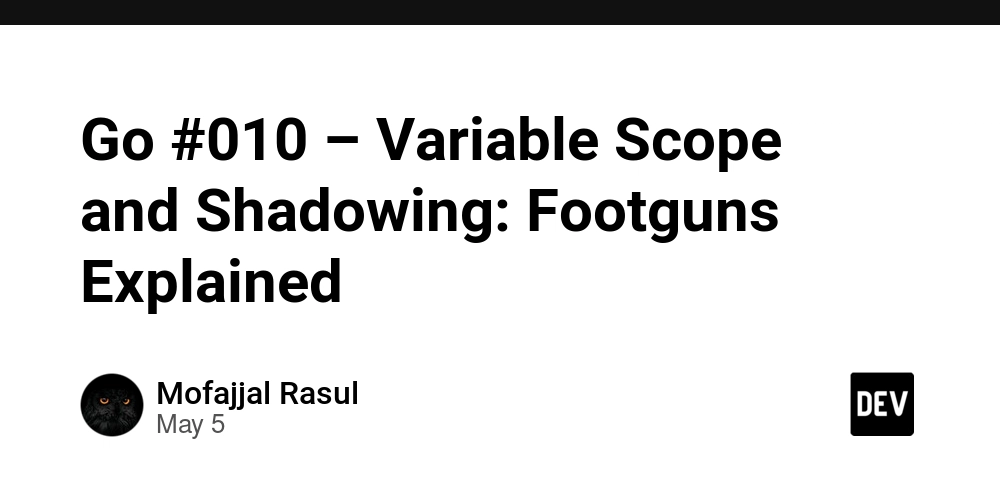

















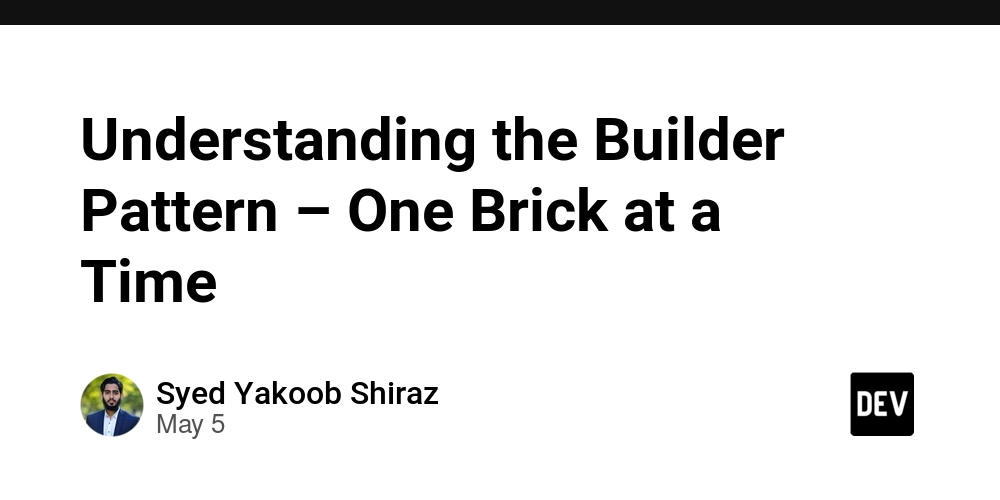



























































































































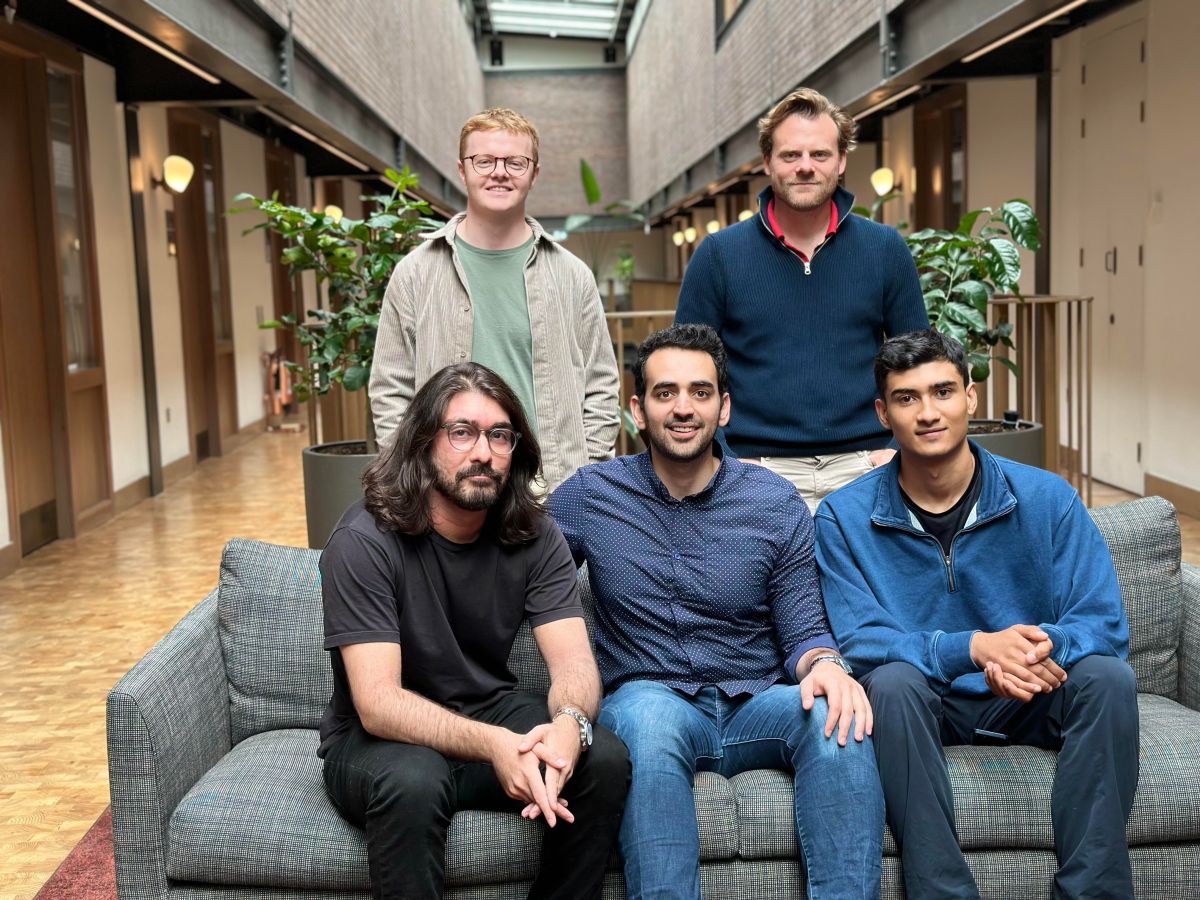












_Inge_Johnsson-Alamy.jpg?width=1280&auto=webp&quality=80&disable=upscale#)







































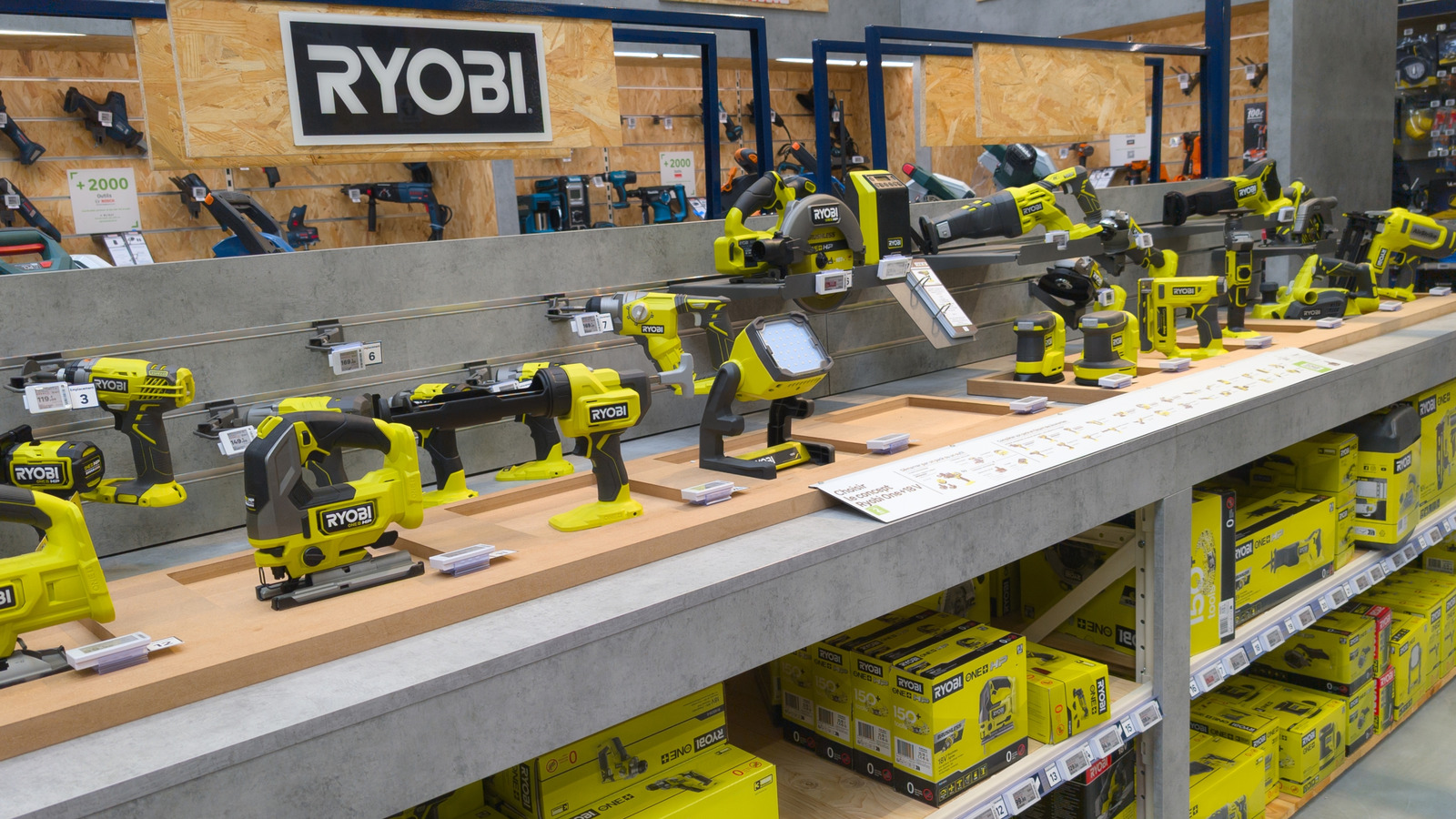






































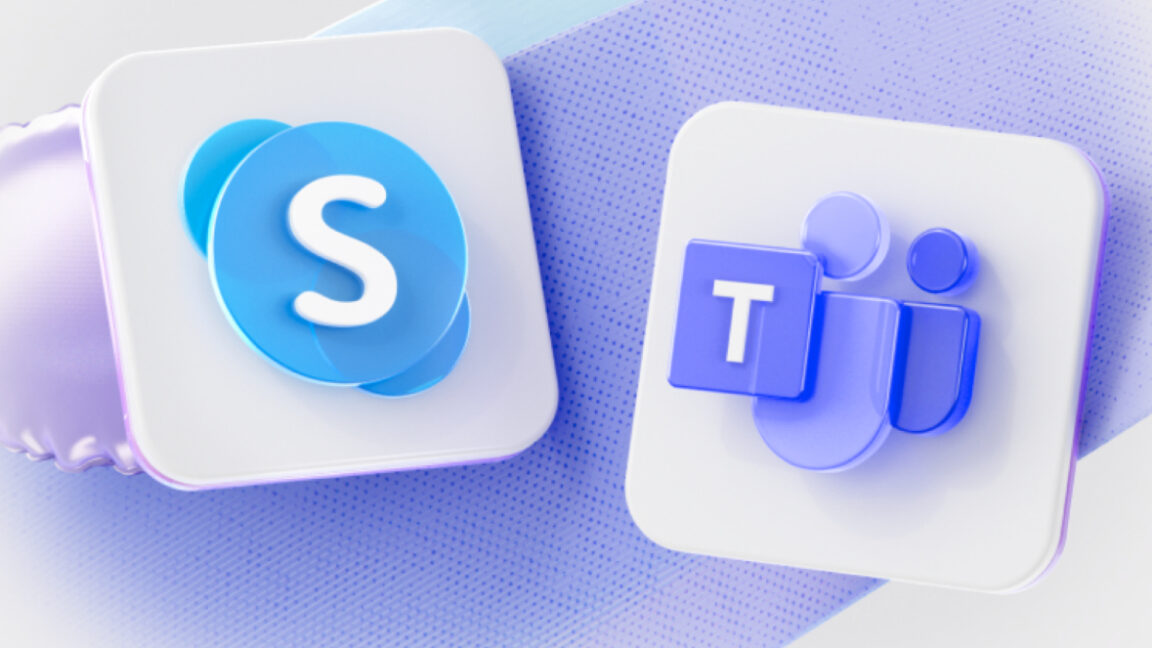

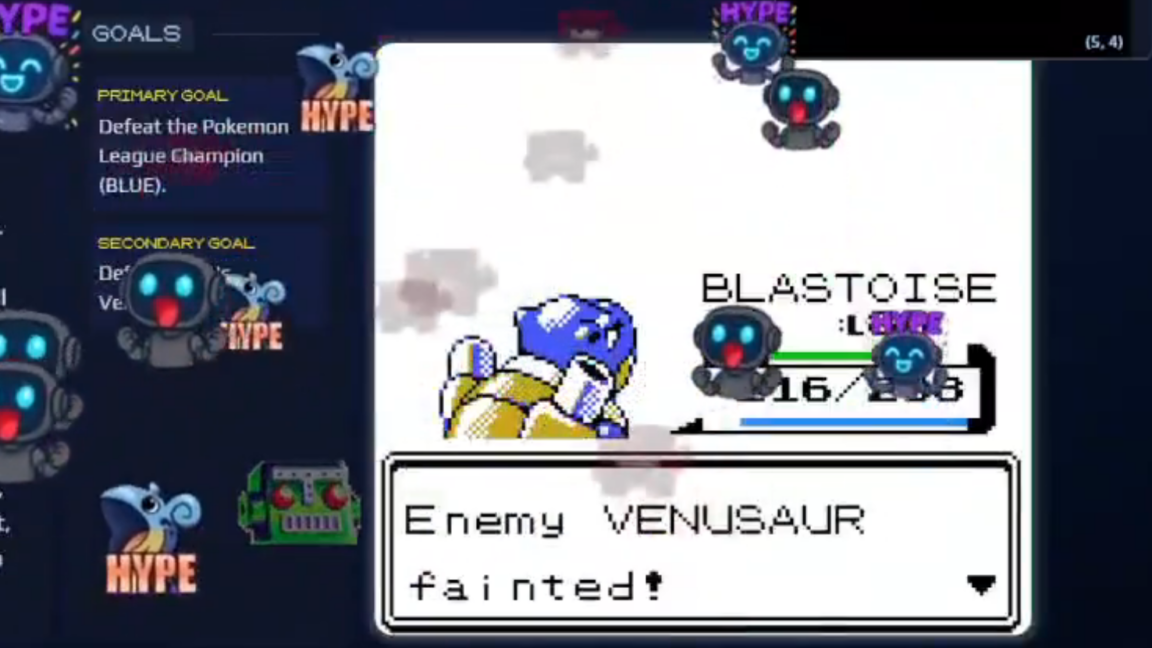



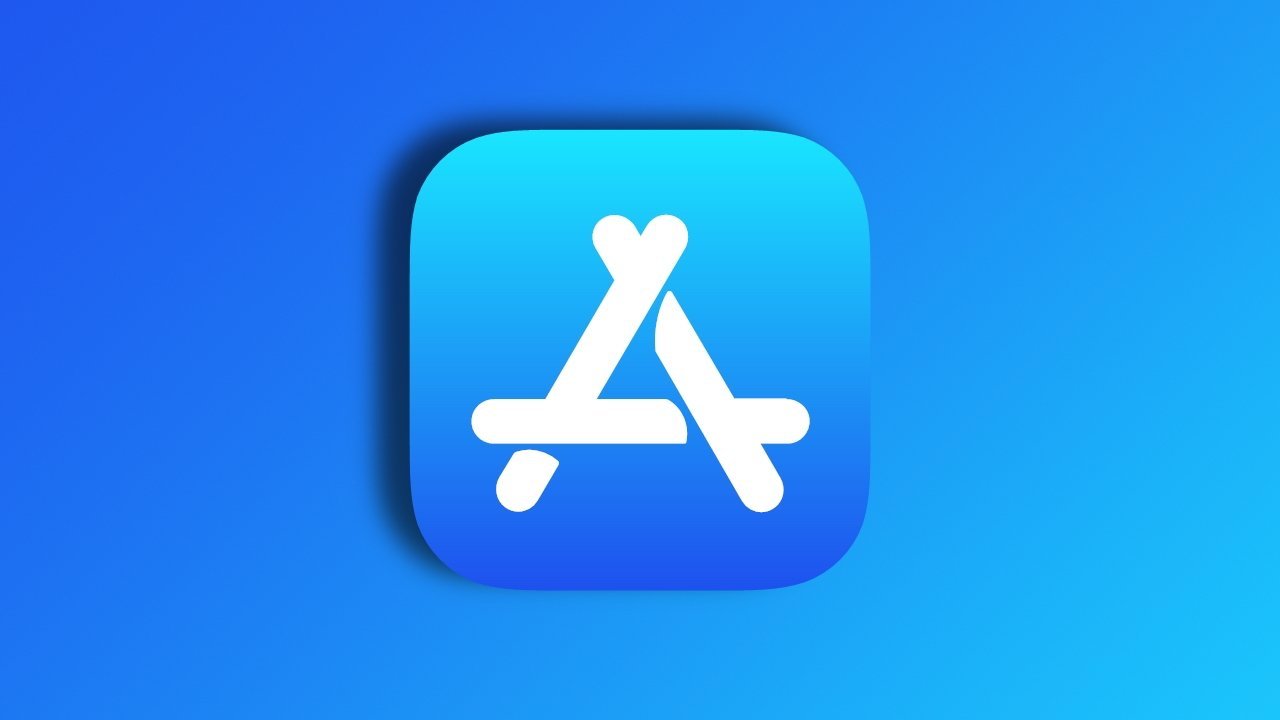

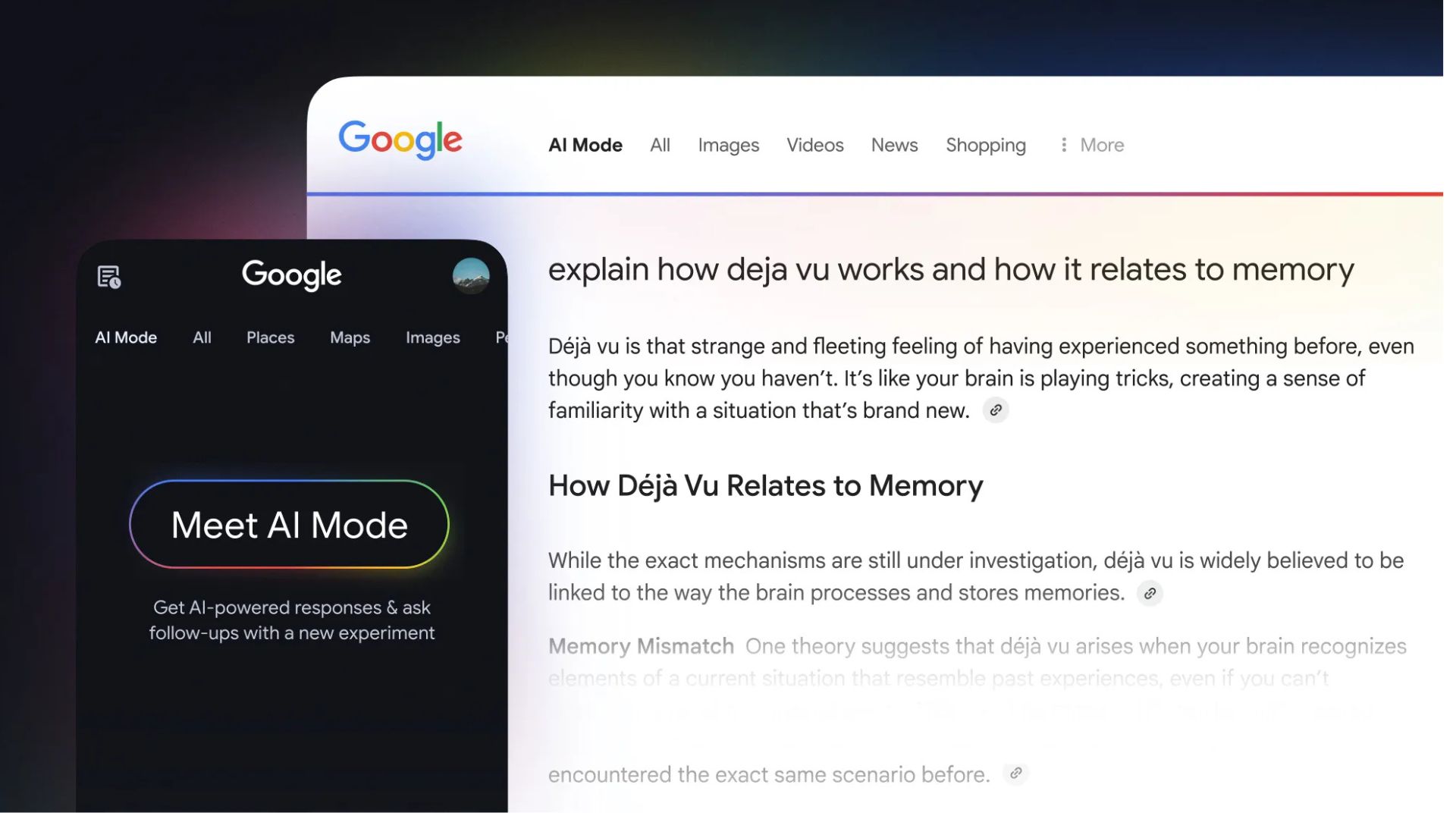
























![Under-Display Face ID Coming to iPhone 18 Pro and Pro Max [Rumor]](https://www.iclarified.com/images/news/97215/97215/97215-640.jpg)
![New Powerbeats Pro 2 Wireless Earbuds On Sale for $199.95 [Lowest Price Ever]](https://www.iclarified.com/images/news/97217/97217/97217-640.jpg)
![Alleged iPhone 17-19 Roadmap Leaked: Foldables and Spring Launches Ahead [Kuo]](https://www.iclarified.com/images/news/97214/97214/97214-640.jpg)
















